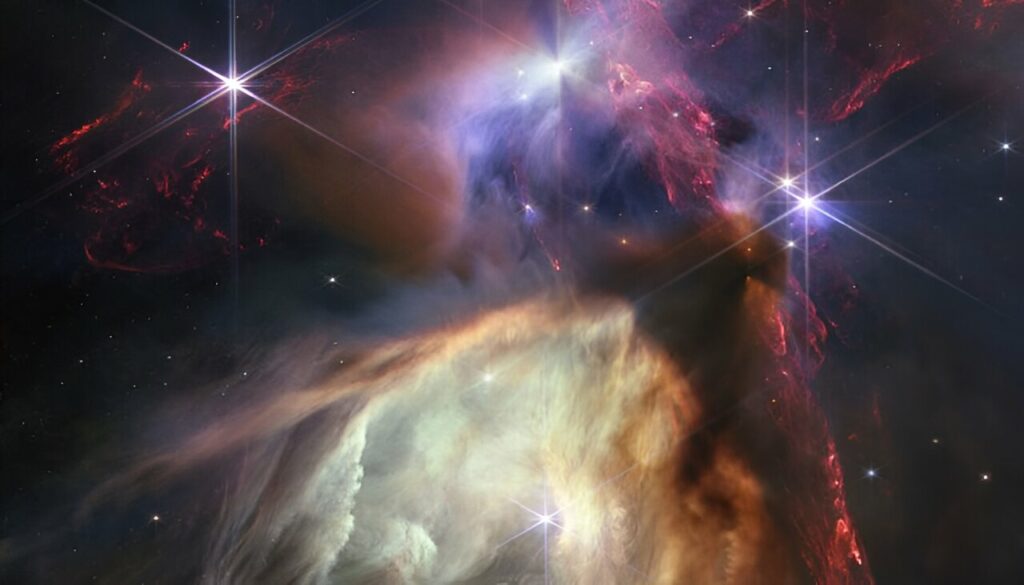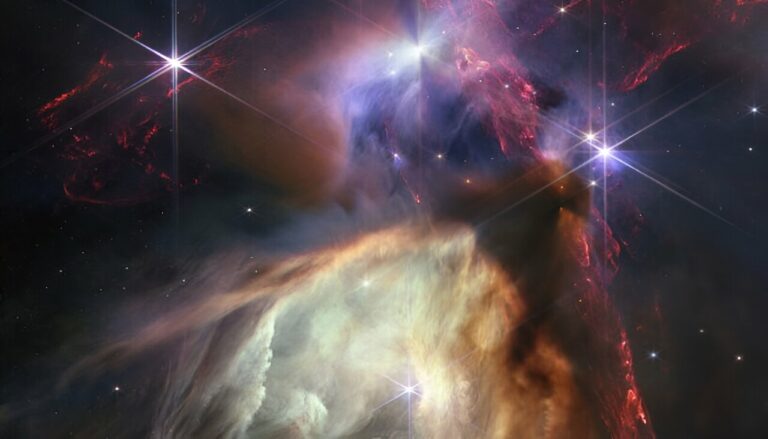Scientists Employ Diverse Measurement Techniques to Uncover Initial Phases of Star Formation
A group of astrophysicists, led by Núria Miret-Roig from the University of Vienna, has discovered that two techniques used to determine the age of stars yield different results. The isochronous measurement method determines the birth date of stars, while the dynamic tracking method provides information on when stars “leave their nest,” approximately 5.5 million years later in the studied star clusters. This study, which sheds light on the early stages of a star’s life, has been published in the journal Nature Astronomy.
Determining the age of stars is a crucial aspect of astrophysics, yet it remains a challenging task. The most accurate approximations thus far have been achieved through the analysis of star clusters, which consist of stars of the same age and origin. As part of a study conducted at the Institute of Astrophysics at the University of Vienna, the age of six nearby and young star clusters was examined.
The study revealed a consistent and systematic difference between two highly reliable methods for determining star age: isochronous measurement and dynamic tracing. According to the dynamic tracing method, the stars were approximately 5.5 million years younger compared to the results obtained through isochronous measurement.

When the clock starts ticking
Astrophysicist Núria Miret-Roig from the University of Vienna, who is the first author of the study, clarifies that this indicates a disparity in the measurements conducted by the two methods. The isochronous “clock” commences ticking from the moment of star formation, while the “clock” of dynamic backtracking only initiates ticking when a star cluster starts expanding after departing from its original cloud.
This discovery holds significant implications for our comprehension of star formation and stellar evolution, encompassing the formation of planets and galaxies. It also introduces a fresh perspective on the chronology of star formation. For instance, it allows for the estimation of the duration of the “embedded phase,” which refers to the period during which young stars remain within their parental gas cloud. João Alves, a co-author and professor at the University of Vienna, further elaborates on these implications.
Measuring how long baby stars stay in the nest
Alves states that the age difference between the two methods presents a novel and essential means to quantify the initial stages in a star’s life. The utilization of high-resolution data from the Gaia special mission, along with ground-based radial velocities from the APOGEE catalogue, has made these measurements feasible. Miret-Roig further clarifies that this combination enables us to track the stars’ positions back to their birthplace with the precision of 3D velocities. The forthcoming spectroscopic surveys like WEAVE, 4MOST, and SDSS-V will extend this investigation to encompass the entire solar neighborhood.
Puzzling difference
According to Miret-Roig, astronomers have long relied on isochronous ages to understand the workings of stars. However, these ages are dependent on the specific stellar model used. Thanks to the high-quality data from the Gaia satellite, researchers can now measure ages dynamically, independent of the stellar models, which has led to the synchronization of the two clocks and great excitement.
During the calculations, a consistent and puzzling difference between the two age determination methods became apparent. The astrophysicist explains that they eventually realized that the discrepancy could no longer be attributed to observational errors, suggesting that the two clocks were measuring different aspects.
For their study, the research team examined six nearby and young star clusters, ranging up to 490 light years away and 50 million years old. They discovered that the time scale of the embedded phase was approximately 5.5 million years (with a margin of error of 1.1 million years), and this duration could be influenced by the mass of the star cluster and the amount of stellar feedback.
By applying this new technique to other young and nearby star clusters, Miret-Roig anticipates gaining fresh insights into the star formation process and the dispersion of stars. The researcher hopes that their work will pave the way for future studies on star formation, providing a clearer understanding of how stars and star clusters evolve. Ultimately, this research contributes to our broader understanding of the formation of the Milky Way and other galaxies.
This article is republished from PhysORG under a Creative Commons license. Read the original article.
Do not forget to share your opinion with us to provide you with the best posts !




0 Comments